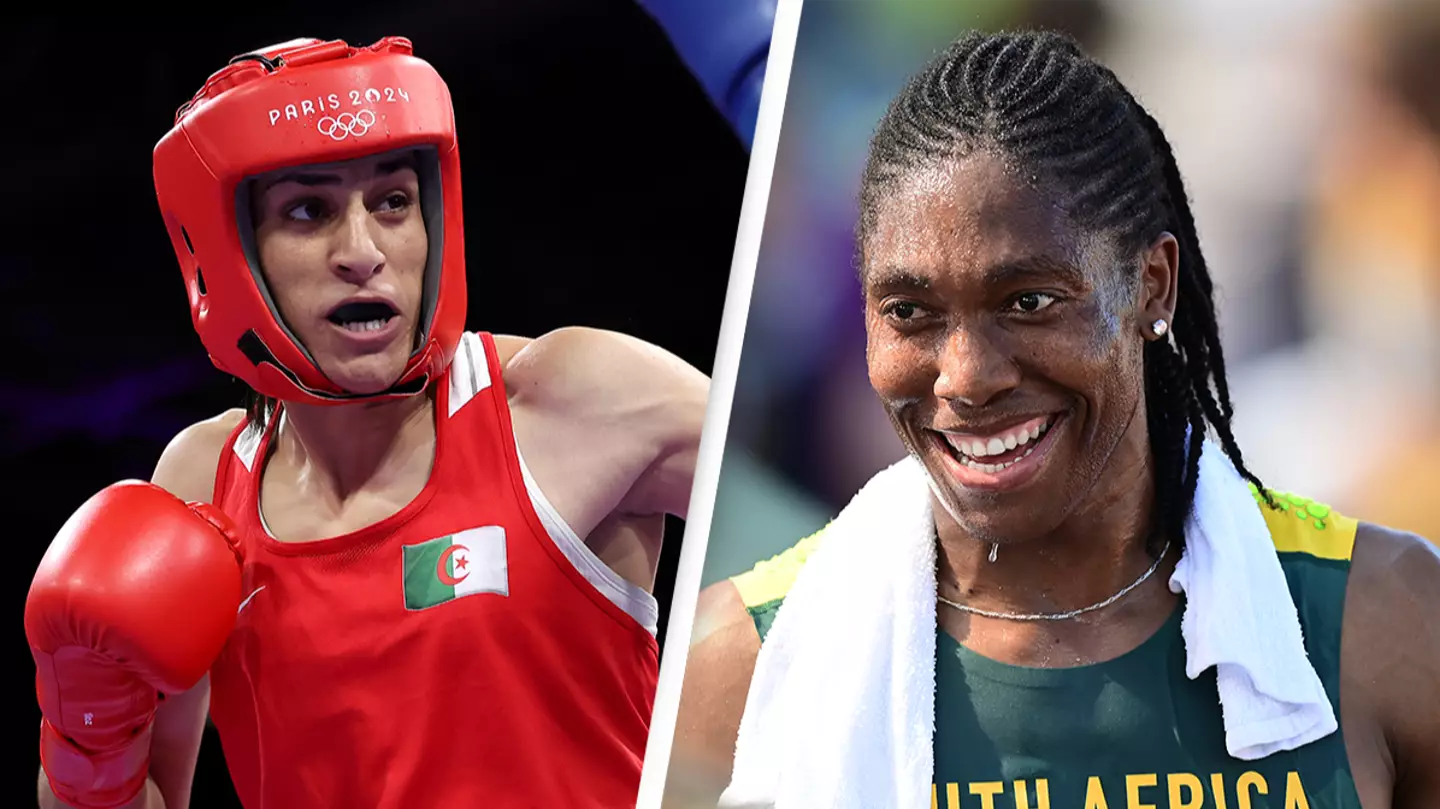In recent years, the International Olympic Committee (IOC) has significantly revised its guidelines concerning the participation of transgender athletes and those with differences of sexual development (DSD).
Instead of enforcing a uniform set of rules across all sports, the IOC provides ten guiding principles on gender inclusion and allows each sport’s governing body to determine how to apply these principles independently.
This decentralized approach enables each sport to establish its own regulations regarding transgender athletes or those with DSD, as long as these regulations align with the IOC’s ten guiding principles, which are “grounded on the respect for internationally recognised human rights.”
The committee stated when the principles were introduced: “This Framework recognises both the need to ensure that everyone, irrespective of their gender identity or sex variations, can practise sport in a safe, harassment-free environment that recognises and respects their needs and identities.”
For the Paris 2024 Olympics, the primary guideline for transgender women stipulates that they must have completed their transition before the age of 12 to compete in women’s categories.
The aim of this rule is to eliminate any potential unfair advantage from undergoing male puberty.
However, since the IOC permits each sport to set its policies, various sporting bodies have implemented different regulations for transgender women, some of which are more stringent than others.
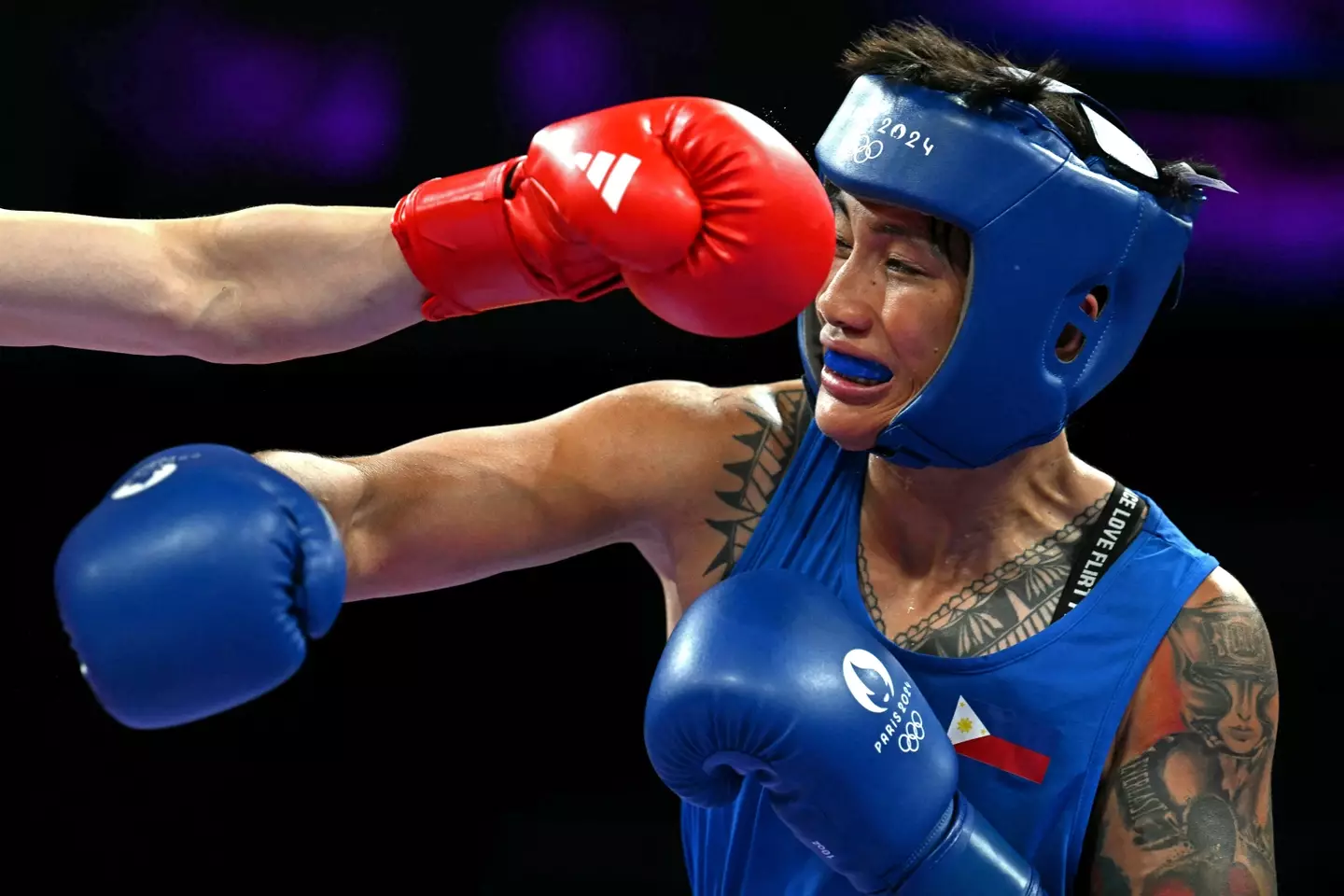
Sports such as athletics, cycling, swimming, rugby, rowing, and boxing have placed restrictions on the participation of transgender athletes, each with unique criteria regarding factors like testosterone levels.
The situation for those with DSD has also evolved and become more complex.
Individuals with DSD experience differences in their genes, reproductive organs, and hormones, which, according to the NHS, means their “sex development is different to most other people’s.” This condition usually exists from birth.
In March 2023, the World Athletics Council introduced a new ruling for athletes with DSD, reducing the permissible testosterone levels in their blood, affecting their eligibility to compete in women’s categories.
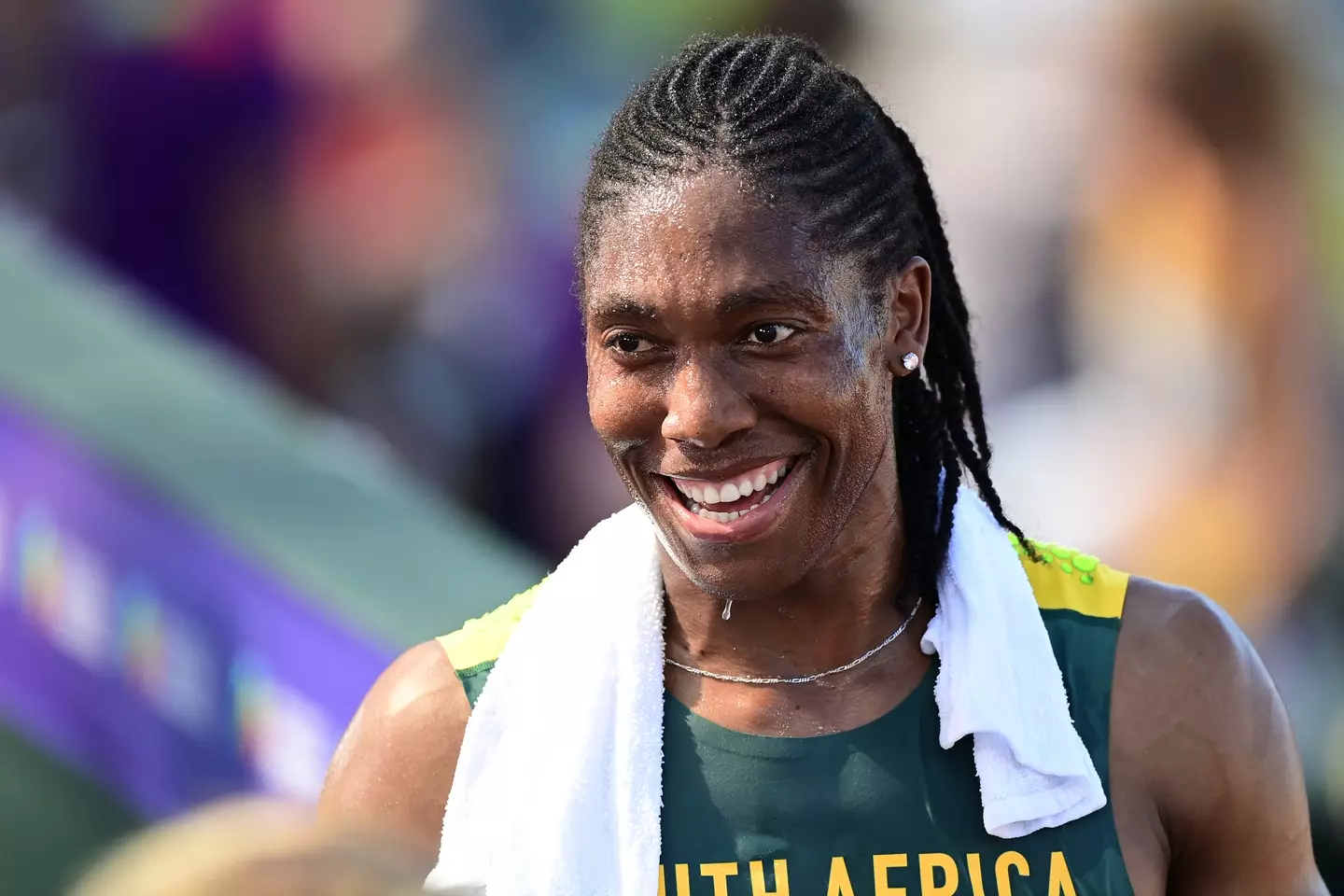
According to this ruling, athletes with DSD must maintain a blood testosterone level below 2.5 nanomoles per liter, a decrease from the previous limit of 5 nanomoles per liter.
For the Olympics, the IOC had a 2015 guideline that capped athletes’ testosterone levels and required some athletes to undergo treatments such as testosterone-lowering medications to compete.
The IOC has since abandoned these regulations, deeming them “medically unnecessary” and emphasizing that athletes should not feel compelled to undergo such treatments to meet eligibility criteria.
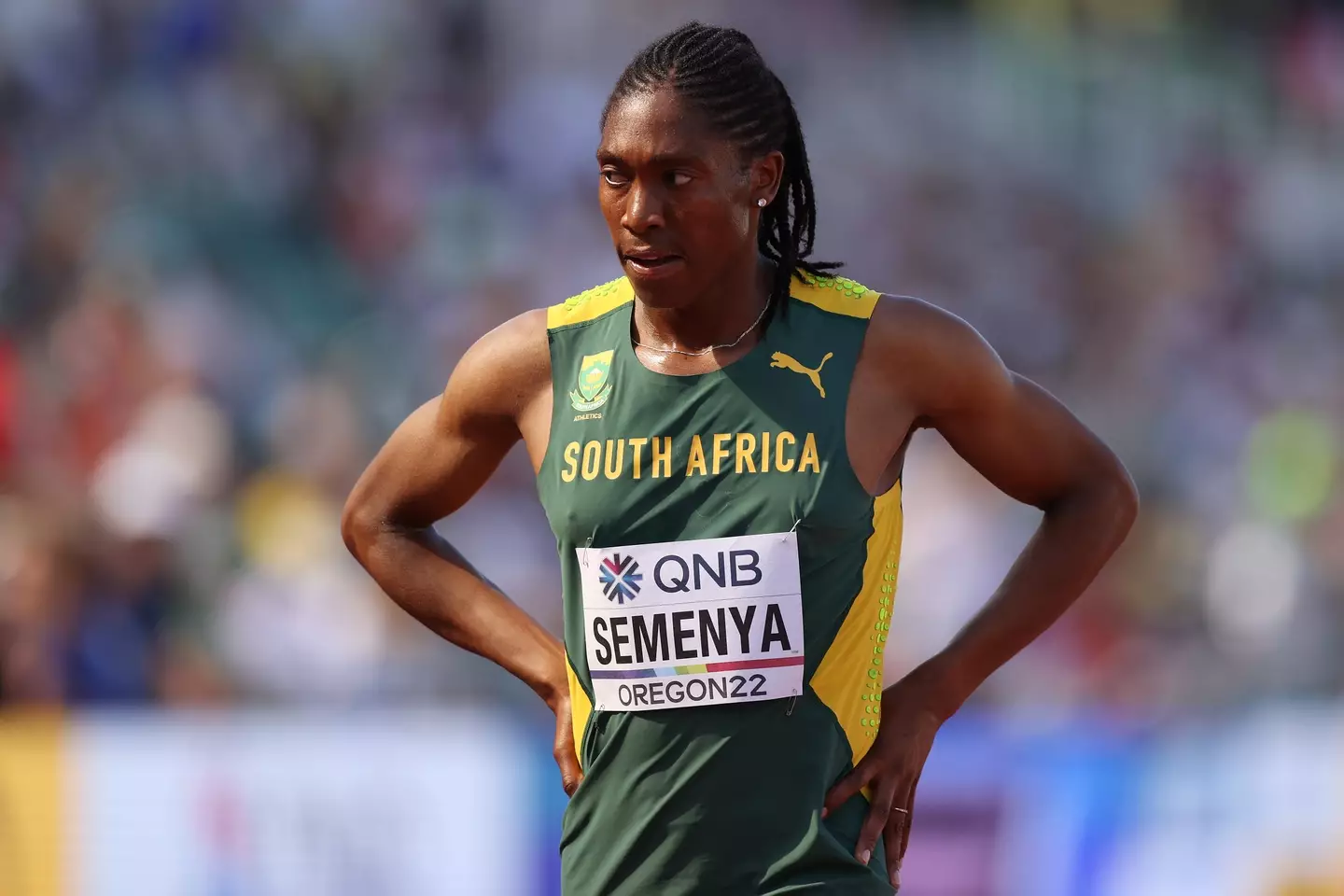
Caster Semenya, a two-time women’s 800-meter Olympic champion, is perhaps the most high-profile case affected by previous testosterone regulations.
In 2019, new regulations from the World Athletics council barred female athletes with elevated testosterone levels from competing in races of 400 meters or longer.
Semenya refused to take testosterone-lowering medication, believing it would harm her health, and subsequently appealed her case but was never allowed to compete in an Olympics 800-meter event again.
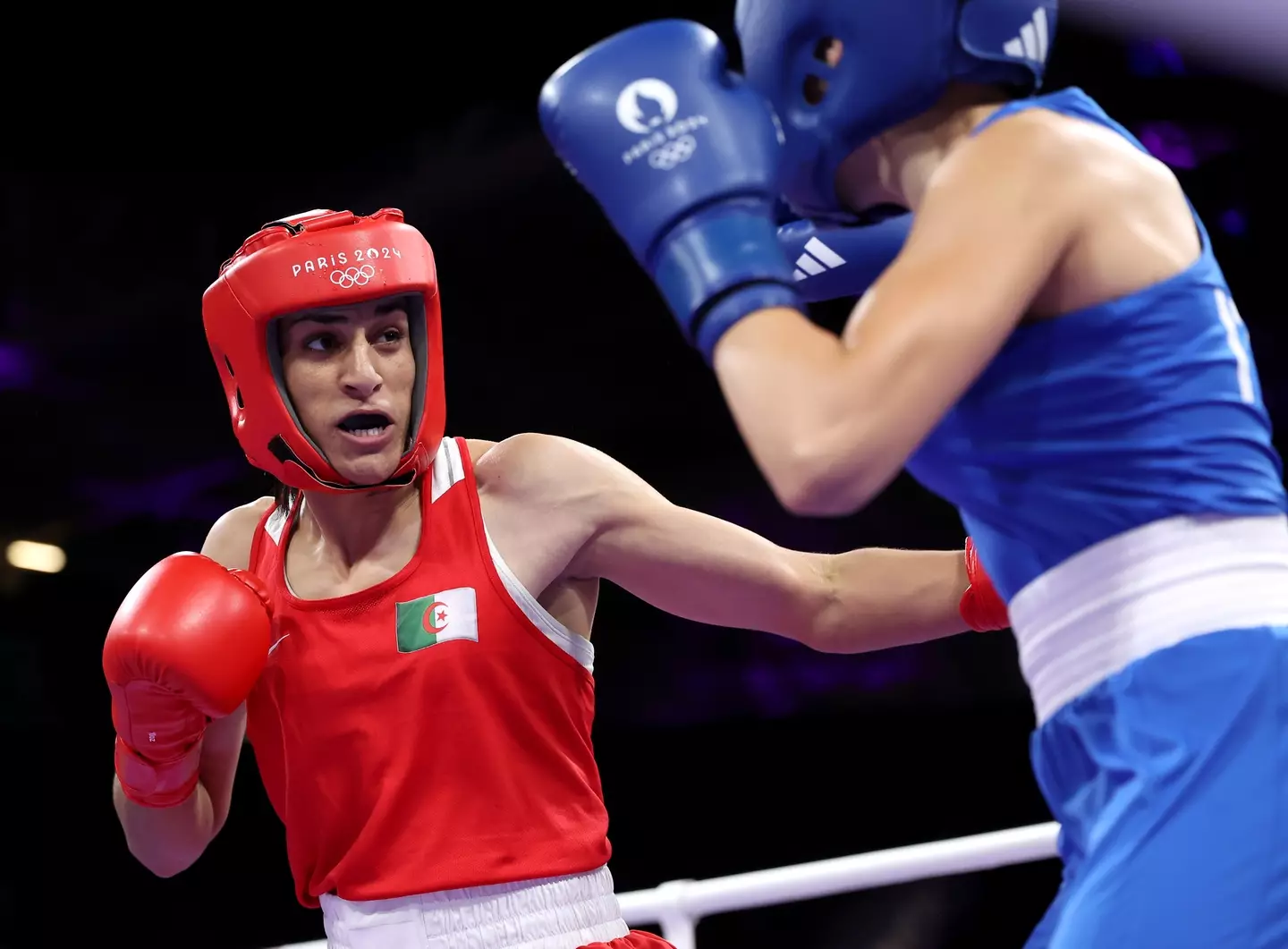
The evolving rulings of the Olympics on transgender athletes and those with DSD have sparked widespread discussion, particularly following a contentious boxing match between Italian athlete Angela Carini and Algerian athlete Imane Khalif at the Paris Olympics.
Carini withdrew from the match after just 46 seconds, igniting significant debate over her opponent, who had previously failed a gender eligibility test at the World Boxing Championships in New Delhi.

